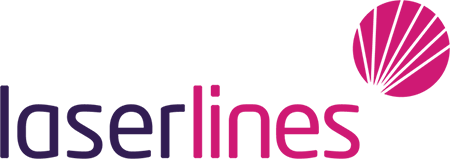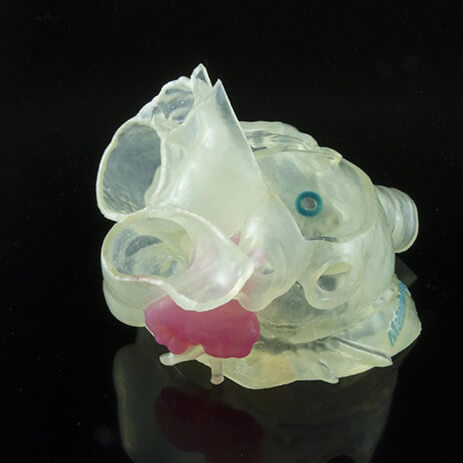Laser Lines has long supported medical teams, selling multi-material printers like the Stratasys J750 and Connex3range for on-site production of anatomical models. Used in pre-surgical planning, they allow consultants to plan more effective and precise interventions and can help when explaining procedures to patients.
Now that support is set to go further, with news that Stratasys and software developer Materialise have extended an existing partnership to support a wider range of printers for point-of-care 3D printing. It will give greater depth to MRI and CT scans – quite literally.
3D printing anatomical models
That hardware now includes an unrivalled range of Stratasys printers, including Stratasys J735, Stratasys J750 and Objet 30 Prime. The printing capabilities of these are consistently putting accurate models, with realistic pliability, tension and even colour into surgeons’ hands. By accurately mimicking soft tissue, cartilage, muscle and bone, the models help cut the time the surgeons spend in the operating theatre, reducing the stress on patients’ bodies and freeing up a hospital’s limited resources to bring down waiting times.
“This extended partnership gives surgical teams much more choice and greater flexibility,” says Laser Lines’ Phil Craxford. “It’s no surprise that Gartner sees considerable industry growth here, predicting that by 2021, a quarter of all surgeons will use 3D printed models to practice procedures before heading into the operating theatre.”
The pay-off, for the patient, is obvious. Anyone approaching surgery will naturally be apprehensive, but when they can see what needs to be done, in a manner they understand, they will have far greater confidence. Past research has shown that anxiety associated with medical procedures can prolong a patient’s hospital stay – where they will occupy a bed that someone else might need – and make it more likely they will require additional pain relief.”
Enhanced patient care
Point-of-care 3D printing makes MRI and CT scans more meaningful. Multi-material anatomical models constructed using the data captured by hospital scanners allows surgical teams, consultants and their patients to make better-informed decisions before embarking on surgery or a treatment regime.
Further, by moving the facilities to produce such models on-site, they reduce the turn-around time, which can be vital when treating time-critical diagnoses such as cancer.
By printing in multiple colours, and using transparent material, teams can show tumours in situ, and illustrate the tissue surrounding vital internal organs, allowing them to plan the least invasive route to the surgical site, and also understand the size and complexity of the job in hand. This will ensure they have adequate tools and supplies in the theatre prior to commencing the operation.
Materialise’s Mimics inPrint software integrates with a hospital’s existing workflow for processing CT and MRI data to convert medical image files to 3D anatomical models. It’s a printer-agnostic application, giving hospitals greater freedom when choosing their hardware.
“It’s the most versatile 3D printing system for on-site production of accurate anatomical parts,” says Craxford. “2D imagery just can’t rival it, however clear or accurate it may be. Using 1:1-scale, tactile parts, surgeons no longer need to imagine a patient’s internal biological make-up, and can instead plan with greater confidence, by holding, feeling and even rotating parts by hand for the clearest and most accurate view.”
Multi-material printers can produce more than just anatomical parts. To chat about their full potential, call Phil and his team at Laser Lines on 01295 672599 or email 3dworld@laserlines.co.uk

